If you’re wondering how to start affiliate marketing with no money, you’re in the right place. Affiliate marketing is one of the best ways to earn passive income online without any upfront investment. In this step-by-step guide, we’ll walk you through how to get started from scratch, using free tools, platforms, and strategies to promote products and earn commissions. Whether you’re a complete beginner or just looking for budget-friendly ways to grow, this guide will show you how to launch your affiliate marketing business without spending a dime.
Table of Contents
What is Affiliate Marketing?
Affiliate marketing is a business model where you earn commissions by promoting other people’s products or services. You don’t need to create your own product or handle inventory; all you do is connect the customer to the merchant. When someone makes a purchase through your unique affiliate link, you earn a percentage of the sale.
![A simple diagram showing how affiliate marketing works (Affiliate → Customer → Merchant → Commission)] - how to start affiliate marketing with no money](https://yoursmallbusinesssolutions.com/wp-content/uploads/2024/10/image12-1-1.png)
Why Start Affiliate Marketing with No Money?
Starting affiliate marketing with no money is ideal for beginners because it eliminates financial risk. Many affiliate programs are free to join, and with the right strategies, you can generate traffic without spending on ads. Plus, it’s a low-barrier way to learn valuable online marketing skills.
Step 1: Choose a Profitable Niche
Choosing the right niche is essential for success in affiliate marketing. A niche is a specific market segment that you will target with your content and promotions. The best niches are both profitable and have a passionate audience, but competition should be manageable.
Tips for choosing a niche with no money:
- Research popular affiliate programs to see which niches are performing well (e.g., health, finance, tech, etc.).
- Look for topics you’re passionate about—this will make content creation easier.
- Use free tools like Google Trends to gauge interest in your niche.
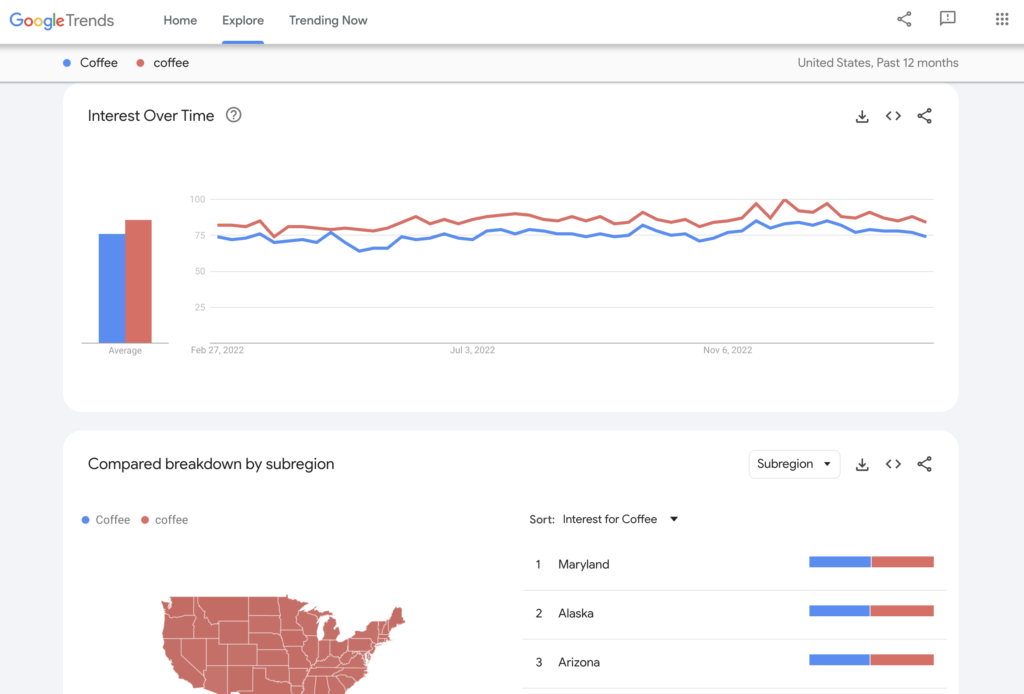
Step 2: Join Free Affiliate Programs
The beauty of affiliate marketing is that many programs allow you to join for free. No initial fees or hidden costs—you simply sign up, promote the products or services, and earn commissions when someone makes a purchase through your affiliate links. Here’s a breakdown of how to get started with some of the best free affiliate programs:
Popular Free Affiliate Programs:
- Amazon Associates: Amazon’s affiliate program is one of the easiest to join, especially for beginners. It allows you to promote millions of products in various categories, from books to electronics. The commissions are relatively low, but the trust Amazon has built with customers increases the likelihood of conversions.
- ClickBank: ClickBank specializes in digital products, such as eBooks, online courses, and software. The commissions here are typically much higher than physical product affiliate programs, with many products offering up to 50-75% commission. You can browse through their marketplace to find products relevant to your niche.
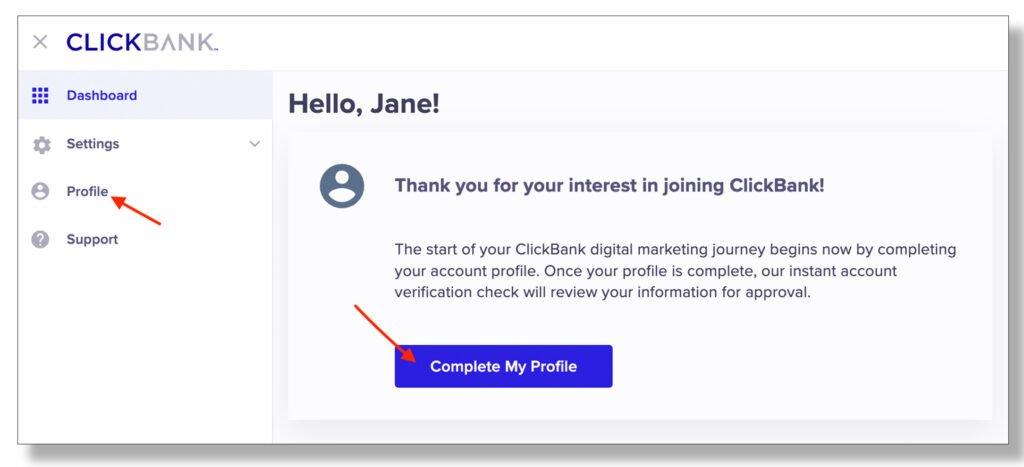
- CJ Affiliate (formerly Commission Junction): CJ Affiliate works with well-known brands, providing access to affiliate programs for top merchants across various industries. It’s a good option if you want to promote well-established brands that people already know and trust.
How to Choose the Right Program:
- Relevance: Select affiliate programs that align with your chosen niche. Promoting unrelated products can hurt your credibility.
- Commission Rates: Compare commission rates and payment terms. Higher commissions on digital products are great, but they should also be balanced with conversion rates.
- Payout Methods and Minimum Thresholds: Ensure the program offers a payment method convenient for you (e.g., PayPal, bank transfer) and has a reasonable payout threshold.
Once you’re accepted into a program, you’ll be given a unique affiliate link. This link tracks your referrals, ensuring you receive credit for any sales made through your efforts.
Step 3: Use Free Tools to Build Your Platform
You don’t need a massive budget to create a professional online presence. Many platforms and tools offer free options that allow you to start building your brand and promoting your affiliate links.
Free Website Platforms:
- WordPress.com: A popular free website builder with a user-friendly interface. With a free plan, you can create a basic blog or website that’s perfect for affiliate marketing. It also allows you to customize your site with themes and add affiliate links to your content.
- Blogger: Another free blogging platform, owned by Google, that’s ideal for creating content quickly. It’s less customizable than WordPress, but it integrates well with Google services like AdSense, which can also boost your earnings.
Free Design Tools:
- Canva: Canva is an excellent free tool for creating banners, graphics, and social media images. It’s a simple drag-and-drop editor with a vast library of free templates, making it perfect for creating visual content to support your affiliate marketing campaigns.
- Unsplash/Pexels: These websites provide free, high-quality stock images that can be used on your blog or social media to enhance your content and make it more engaging.
Free SEO Tools:
- Google Keyword Planner: This tool helps you find relevant keywords that potential customers are searching for. Optimizing your content around these keywords increases your chances of ranking higher in search results, driving more traffic to your affiliate links.
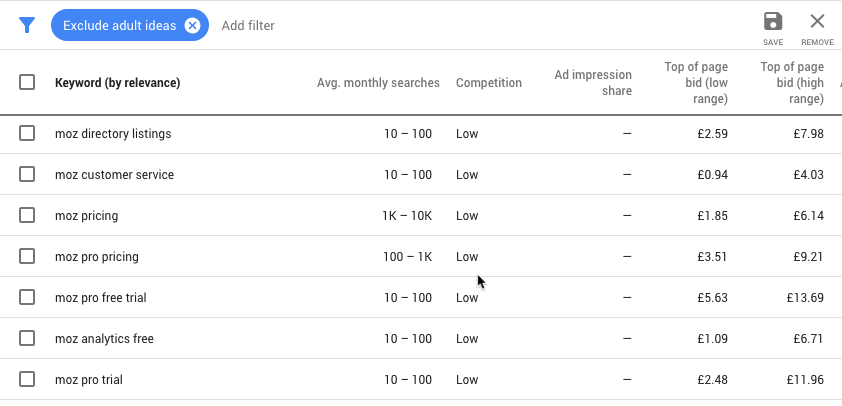
By using these free tools, you can establish a professional-looking platform without spending a dime, making it easy to promote products and engage your audience.
Step 4: Create Valuable Content
Content is at the heart of any successful affiliate marketing strategy. Whether it’s blog posts, YouTube videos, or social media updates, the content you create will serve as the vehicle for promoting your affiliate products. To get the most out of your efforts, focus on creating high-quality, informative content that resonates with your audience.
Types of Content to Create:
- Product Reviews: Writing or recording reviews of products you’re promoting is one of the most effective ways to get conversions. Be honest about the pros and cons, and include your affiliate link for readers to purchase the product.
- How-To Guides: If you’re promoting tools or software, create tutorials that show your audience how to use them. Walk them through the process, solving common problems they might face.
- Comparison Posts: These posts compare two or more products, highlighting their features, benefits, and drawbacks. People who are undecided between options often search for comparisons, making this a powerful content format for driving affiliate sales.
Content Tips for Free Promotion:
- Blog: Write blog posts around the products you’re promoting, using SEO to attract organic traffic. Long-form content (1,500+ words) often ranks better in search engines and provides in-depth value to readers.
- YouTube: If you’re comfortable on camera, video content can be highly engaging. You can record product demos, unboxings, or tutorials and place affiliate links in the video description.
- Social Media: Use Instagram, TikTok, or Pinterest to promote products visually. Many successful affiliate marketers use these platforms to grow their audience and promote their affiliate links, often with no paid ads.
Step 5: Promote Using Free Traffic Sources
Paid ads can be expensive, but you don’t need them to start generating traffic for your affiliate links. By using free traffic sources effectively, you can bring in visitors and potential buyers organically.
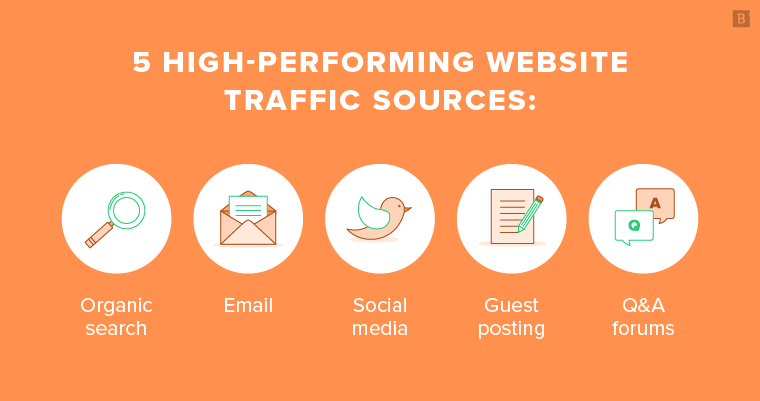
SEO (Search Engine Optimization):
SEO is the process of optimizing your content so it ranks higher on search engines like Google. Higher rankings mean more organic traffic. Focus on using free SEO tools, like Google Keyword Planner and Ubersuggest, to find keywords your audience is searching for. Make sure to:
- Include your target keywords in your blog post titles, meta descriptions, and throughout your content.
- Write long-form, informative articles that answer questions and solve problems.
- Build backlinks by networking with other bloggers or website owners.
Social Media:
You don’t need to spend money on social media ads to promote your affiliate products. Focus on platforms where your audience hangs out, such as Instagram, Facebook, or Pinterest, and build an organic following. Here’s how:
- Post consistently about your niche.
- Engage with your followers through comments and direct messages.
- Use relevant hashtags to increase visibility.
- Join niche-related groups and communities and share valuable content, naturally including your affiliate links where appropriate.
Online Communities:
Forums, Facebook Groups, and Reddit communities are great places to engage with potential buyers. Join niche-specific groups, participate in discussions, and share helpful advice. When appropriate, drop your affiliate link, but ensure you’re adding value to the conversation—spamming links won’t work.
Step 6: Build an Email List for Free
Email marketing is a powerful tool for affiliate marketing, and the good news is you don’t need to spend money to get started. Many email marketing services offer free plans, which allow you to build and manage a list of subscribers.
Free Email Marketing Tools:
- MailChimp: Offers a free plan for up to 2,000 subscribers, allowing you to send promotional emails with affiliate links.
- MailerLite: Free for up to 1,000 subscribers with access to features like automation and landing page creation.
How to Build Your Email List Without Spending Money:
- Create a Free Lead Magnet: Offer a free eBook, guide, or checklist related to your niche in exchange for an email address. This encourages visitors to subscribe to your list.
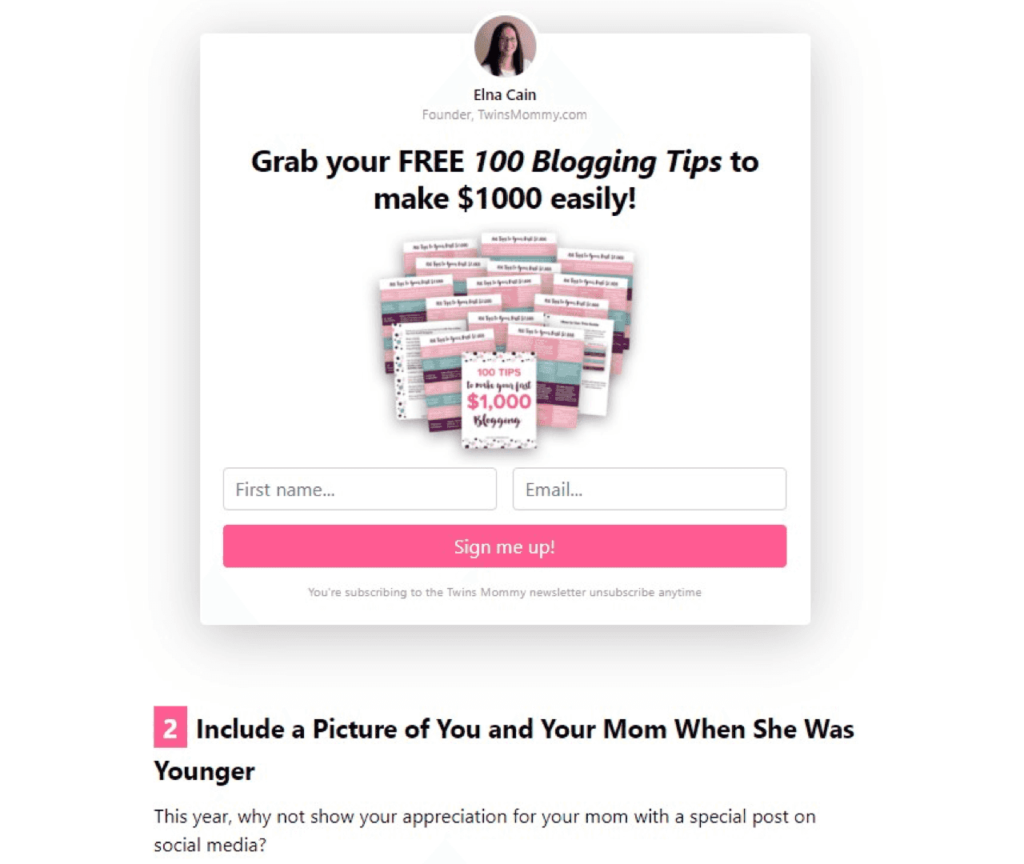
- Use Free Landing Pages: Many email marketing tools (like MailerLite) provide free landing page templates. Create a simple, high-converting landing page to collect emails and promote your lead magnet.
Once you’ve built a list, you can regularly send newsletters, product recommendations, and promotions with affiliate links. Email marketing tends to have higher conversion rates than social media, making it an essential free tool for driving affiliate sales.
Step 7: Track Your Performance with Free Analytics Tools
It’s essential to know which strategies are working and which aren’t. By tracking your performance, you can optimize your efforts to increase traffic, engagement, and conversions.
Free Tracking Tools:
- Google Analytics: Use Google Analytics to monitor your website’s traffic, user behavior, and conversion rates. You can track where your visitors are coming from, which pages they’re engaging with, and which ones are leading to sales.
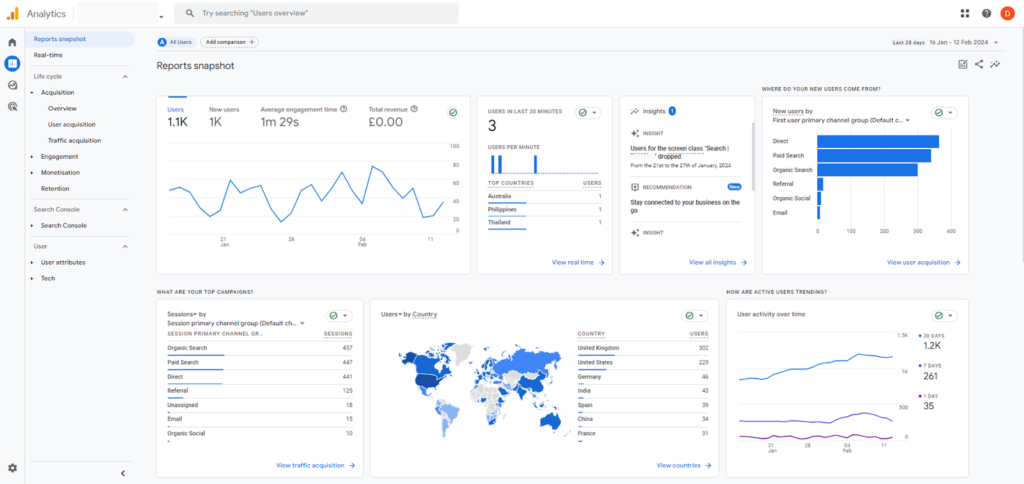
- Bitly: Bitly allows you to shorten and track affiliate links. It provides detailed analytics on how many clicks your links receive, where the clicks are coming from, and what times of day your audience is most active.
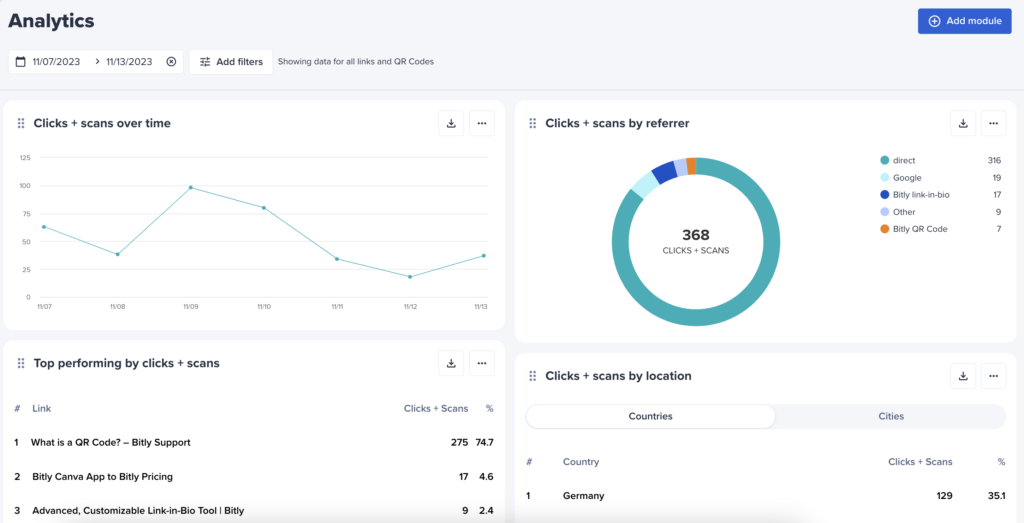
By analyzing this data, you can determine which types of content are most successful and adjust your strategy accordingly.
Step 8: Stay Consistent and Scale
Affiliate marketing isn’t a “get rich quick” scheme—it requires time and consistency to see results. The more content you create and the more links you promote, the better your chances of making sales. Here’s how to keep growing your affiliate business without spending money:
- Keep Publishing Content: Aim to publish blog posts, videos, or social media updates regularly. The more content you have, the more opportunities you have to promote your affiliate links.
- Engage With Your Audience: Build relationships with your readers, viewers, or followers. Respond to comments, ask for feedback, and be genuinely helpful.
- Reinvest in Your Business: Once you start earning commissions, consider reinvesting a portion of your profits into paid tools, ads, or a custom domain and hosting to scale your efforts.
By staying consistent and continuously refining your strategy, you can gradually scale your affiliate marketing business and increase your earnings over time.
Conclusion
Starting affiliate marketing with no money is not only achievable but also a great way to enter the world of online business without any financial risk. By choosing a niche you’re passionate about, joining free affiliate programs, and using no-cost tools and resources, you can begin promoting products and earning commissions without spending a dime.
The key to success lies in creating valuable content, driving traffic through free strategies like SEO and social media, and staying consistent with your efforts. As your affiliate marketing skills grow and you begin to generate income, you can reinvest your earnings to further scale and optimize your business.
Now that you understand how to start affiliate marketing with no money, it’s time to put these steps into action. With determination and persistence, you can build a profitable affiliate business from scratch. Start today and take your first step toward generating passive income with affiliate marketing!
Affiliate Disclaimer: Some of the links in this article are affiliate links, which means I may earn a commission if you click on the link and make a purchase. Please note that I only recommend products or services that I genuinely believe in and have personally experienced. Your purchase helps support my work in providing valuable content to readers like you. Thank you for your support!




